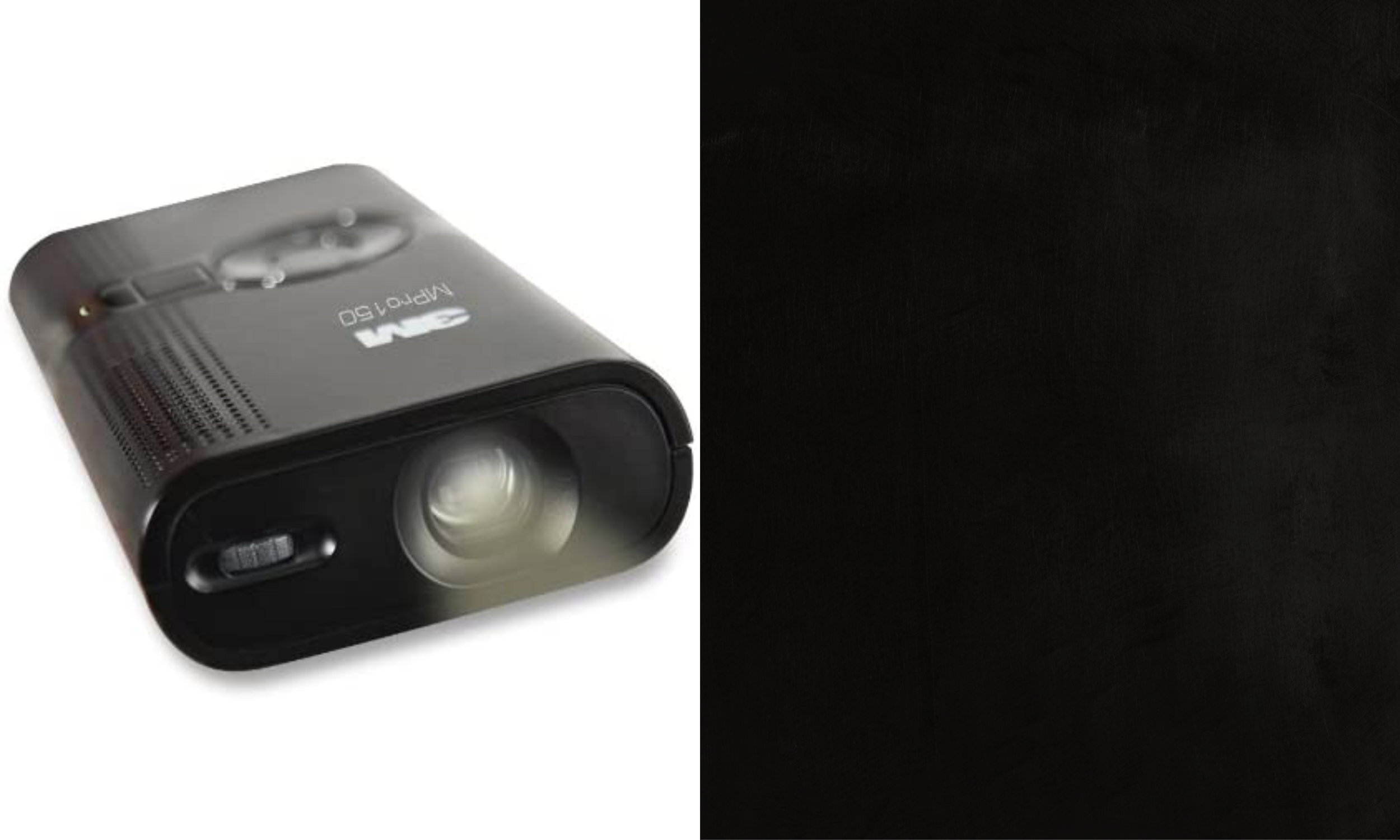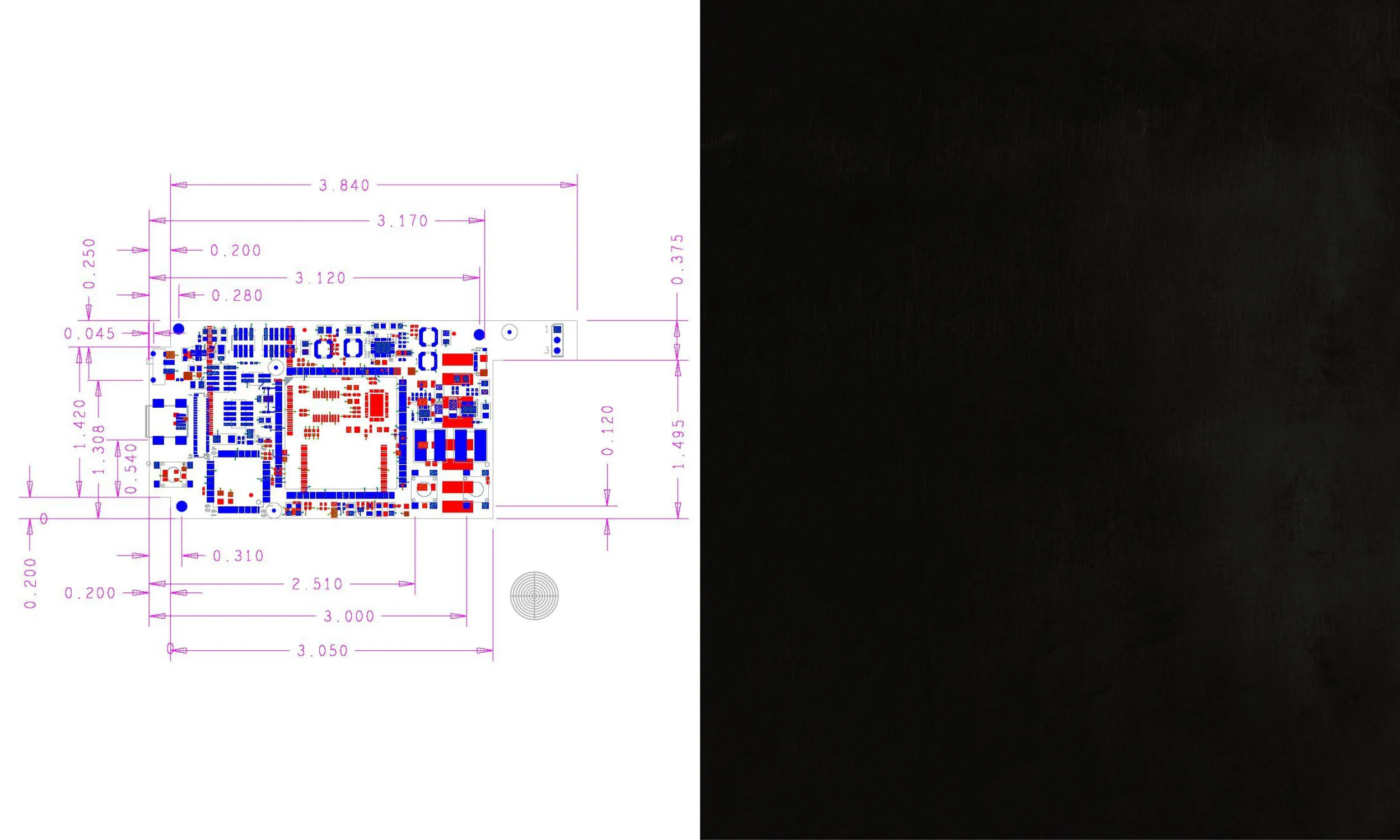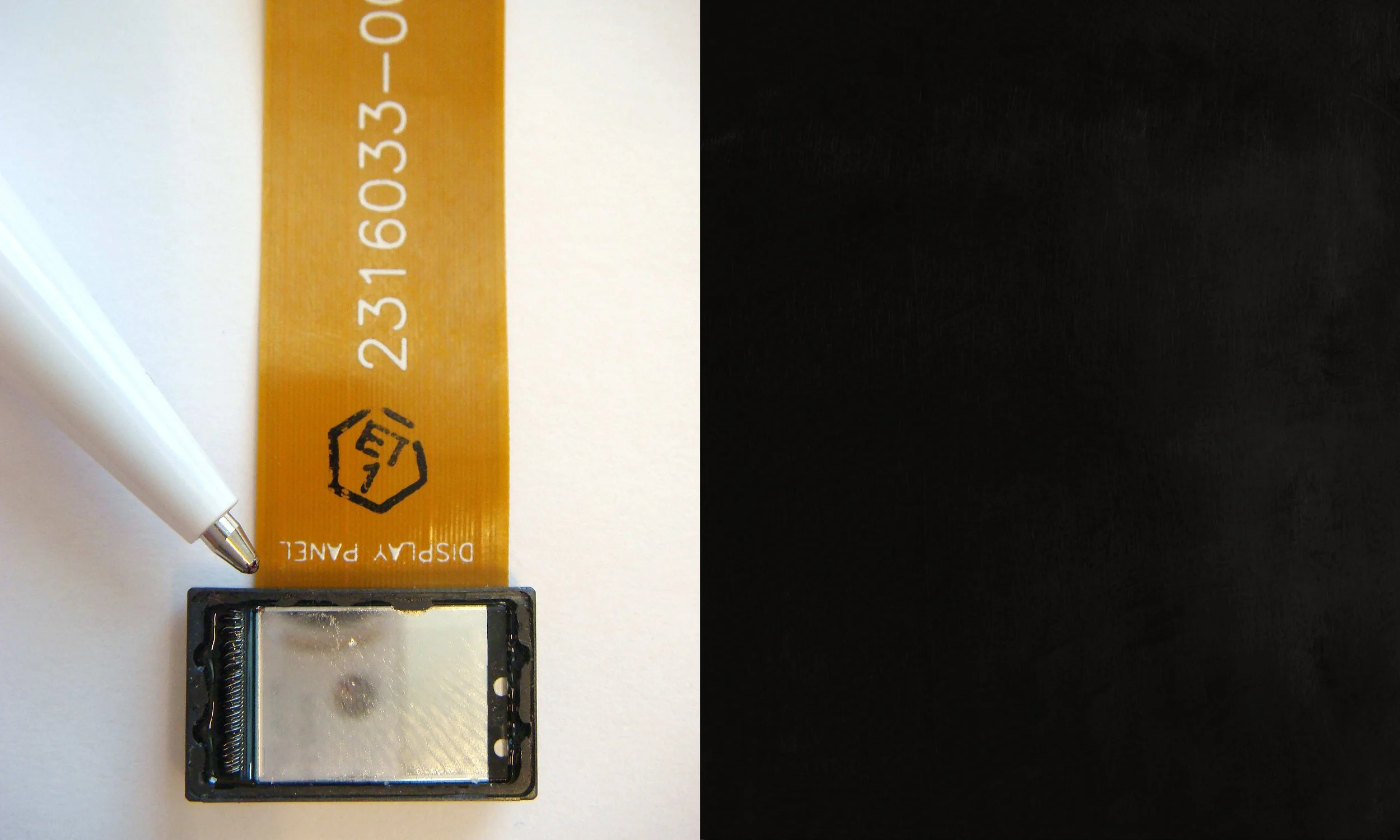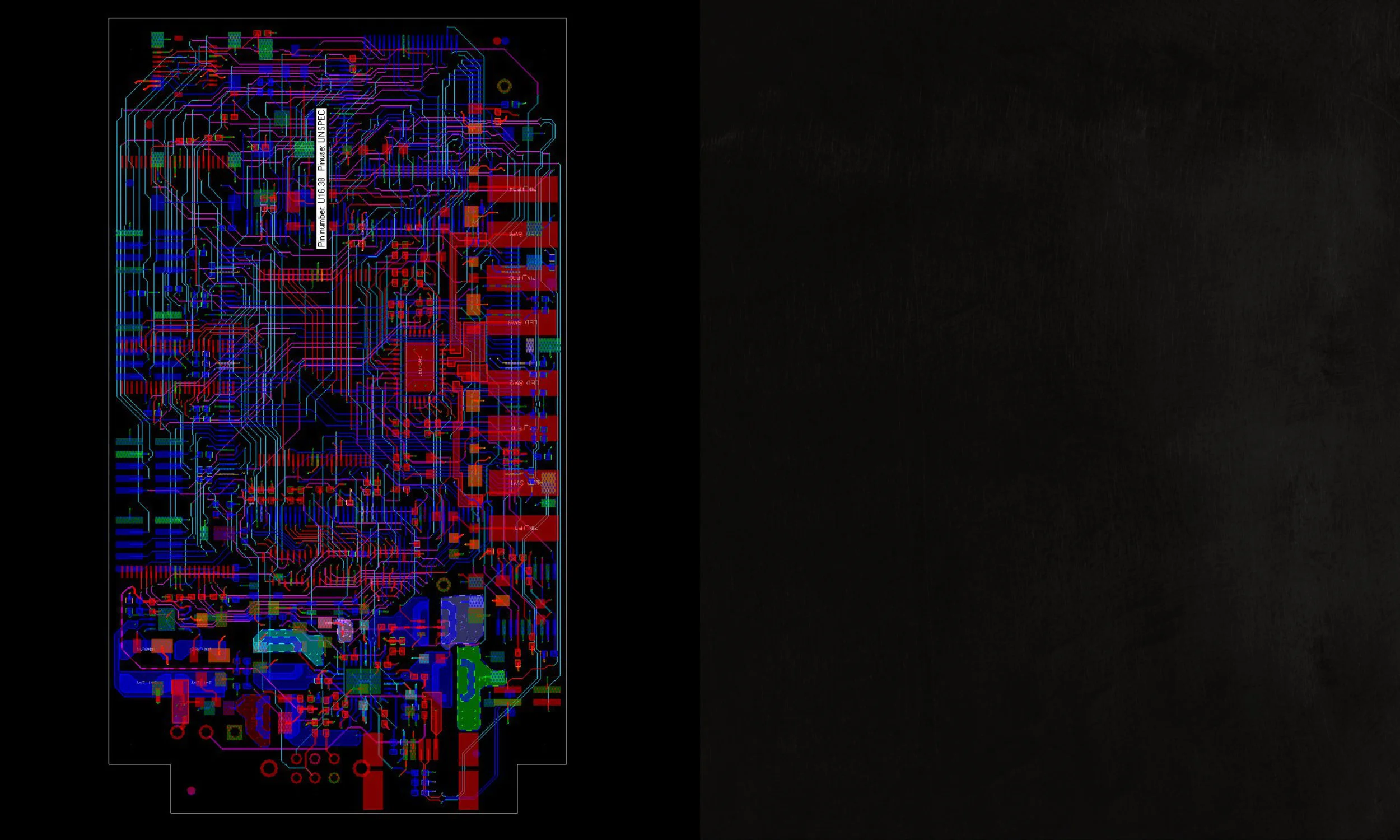3M Picoprojector
Client
3M Visual Systems Division
Competencies:
FPGA Design
PCB Layout
Switchmode Power Supply Design
Analog Circuit Design
A Video Projector. In the Palm of Your Hand.
3M’s Visual Systems Division had a vision for a video projector that’d fit in your shirt pocket and would be able to show a complete feature-length movie on the power of internal rechargeable batteries. That took video FPGA design, battery charge controller design, and power management design. All of which we did.
FPGA Design — And a Whole Lot More
FPGA design expertise is hard to come by, and 3M concluded it’d be less expensive to outsource the design of programmable logic. So Focus Embedded got tapped to write the Verilog code and synthesize the FPGA. We did that well enough that we were asked to follow up and design much, much more.
What the Pubic Saw (and Bought).
When the unit was first introduced, it was revolutionary. And the tech press said as much. Salespeople ate it up, since it solved the problem of making the most common form of presentation for them: The meeting with 3-4 decision makers in somebody’s office or conference room. And it did away with all of the usual fussing to get a prospect’s own projector working and connecting to a salesperson’s notebook computer.
The video review above was typical in singing the praises of the design.
What We Did: The Programmable Logic (FPGA) Design
The video system was complex, since the imager module was monochrome but the expectation was we’d get a full color display. That not only took designing the engine to move pixels and generated HSYNC and VSYNC timings, it also meant we had to synchronize the shining of red, green, and blue LED’s on the reflective imager surface as the corresponding portion of the image was driven onto it.
What We Did: FPGA and LED Driver Design
With sequential red, green, and blue images flashing in the reflective monochrome imager (directing a light beam out the lens and onto the silver screen), persistence of vision did the rest. And we determined how far we could skew luminance and chrominance to provide an image the brain could interpret on the lowest power required to drive the LED’s.
The monochrome imager that with creative use of reflected red, green, and blue LED light became a full-color projector.
What We Did: PCB Layout
FPGA design and PCB design are often tangled up in each other, since pin assignments on a chip inevitably impact how easy or hard a board is to route. And since we do PCB layout as well as chip design, it seemed logical to 3M to send that part of the job our way. Before we were done, we were also designing and laying out switchmode and linear power supplies, which can be as quiet or as noisy as good or bad PCB layout can make them.
What we Did: Analog (SPICE) Power Supply Analysis and Design
To run for two hours on the charge of a small lithium-ion battery, the projector needed some serious power management. True, we could and with play chrominance and use persistence of vision tricks to make optimal use of the LED’s. But in the end, the four supply rails had to run quietly and efficiently if the battery were to last. And the fourth rail — which powered the substrate of the imager and had to be squeaky clean to keep artifacts off the image — had to be linear and very carefully isolated and bypassed. Understanding power supply design from first principles and then being able to model critical parts in SPICE was mandatory.








